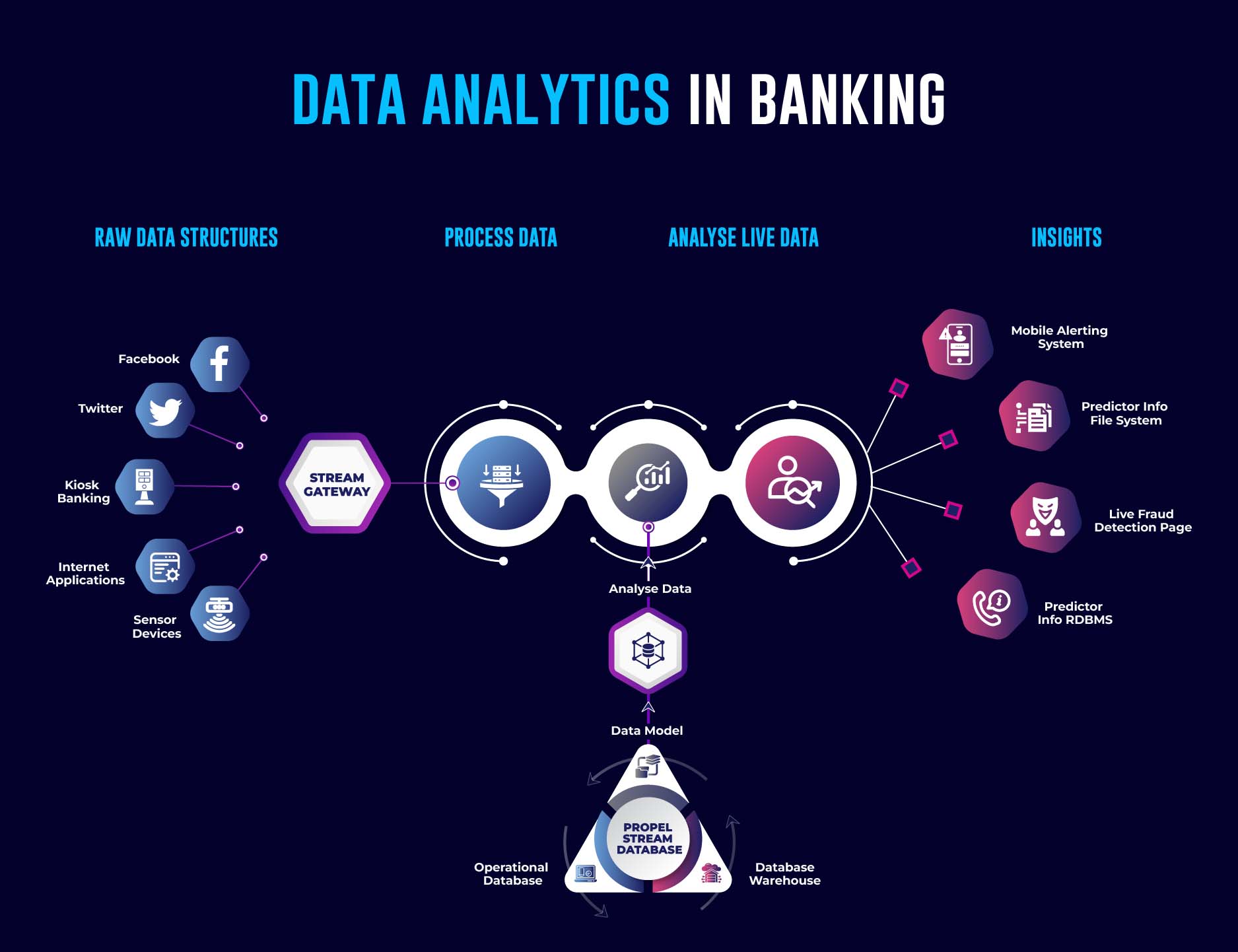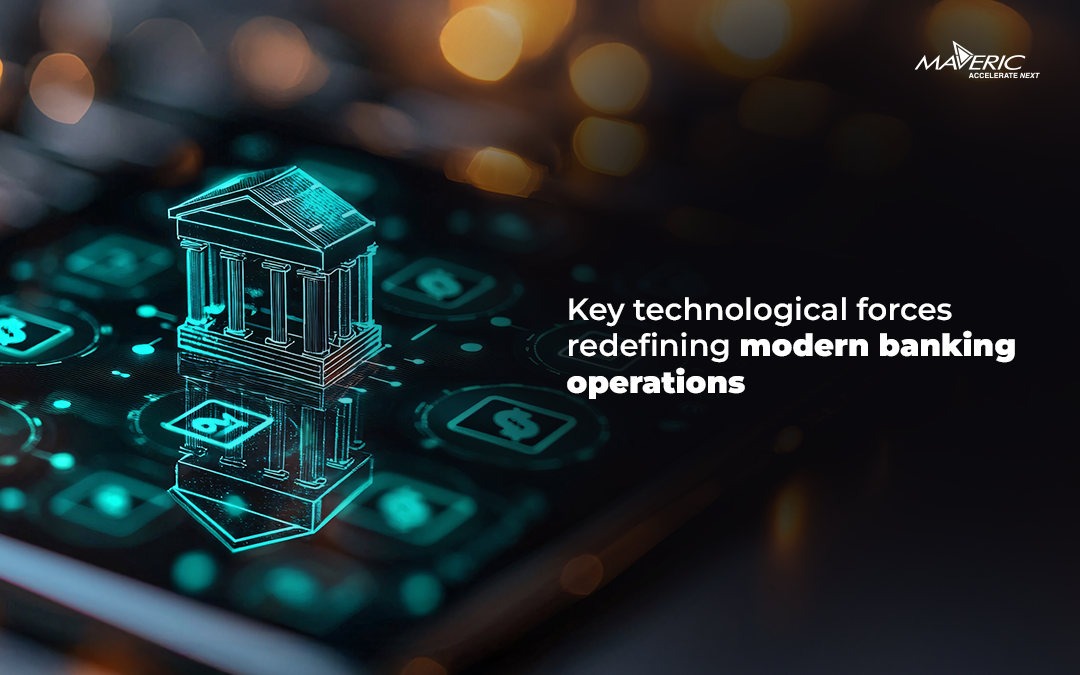Three things are coming together to start the next spotlight – Data Analytics in BFSI. First, think about how technology has changed. Information is becoming more and more accessible. In the past few years, the amount of valuable data—actual signal, not just noise—has grown exponentially while processors have gotten smaller and cheaper. Businesses have opened their minds and are willing to use new ways of analyzing data that might have been thought too academic and unrealistic for the real world. The exponential growth of computing power, which makes it possible to do in seconds an analysis that used to take weeks, and new tools for storing data, such as Hadoop, have made it much easier for any company to do these kinds of analytics.
Second, the economy is putting much pressure on banks in many places. According to McKinsey’s latest study, 54 percent of the top 500 institutions in the world are priced below their book value. In 2014, as the report posits, only 18% of banks got the industry’s value. Realizing this, banks have tried various ways to improve things, including going digital and cutting costs. But these moves can only get them so far. They need something new.
The third thing that is pushing analytics is these attempts to digitize. A standard bank has digitalized much of its work and puts data by terabytes. Advanced analytics would be hard to use in a bank that does most of its work by hand, but digital banks already have the roads built.
When you put everything together, you get advanced analytics, which are large-scale ways to use data to get real business insights and make much better decisions. The tools are there; now, banks need to use them to take steps that can lead to real change.
Partnering with domain experts in Data Technology and Big Data Analytics like Maveric Systems brings a decisive edge for FIs to embrace next-generation technologies and create industry benchmarks.

Importance of Data Analytics in the Banking and the Financial Sector
- Advanced analytics can help banks make small changes to almost everything they do daily, boosting the standard P&L levers. Here are some things that could be done:
- Together with transactional and trading analytics, deeper and more detailed profiles of customers can help get and keep customers, as well as cross-sell and up-sell. For example, one bank used information about credit card transactions (from its terminals and those of other banks) to make deals that encouraged customers to buy from one of the bank’s merchants frequently.
- Increasing work output. Every step of the banking process can be made faster and better. Banks can use advanced analytics to respond to governmental requests quicker and more accurately and help teams make decisions with the help of analytics.
- Improving risk control. Compliance and control costs have increased significantly in the past few years, and banks can use analytics to get a return on their significant investments. With the help of analytics, banks can use tools like digital credit assessment, advanced early-warning systems, next-generation stress testing, and credit-collection analytics to lower their risk costs.
- Customer Experience: Another way analytics can have an effect is by helping digital banks live up to their promises and give customers a much better experience for a fraction of what it costs now. In some places, up to 65% of people now talk to their banks in multiple ways. Their paths through them are very complicated. They often start in one channel, do steps in others, and end in another, with many stops and turns to gather information. Successful digital banks offer a smooth multichannel experience by collecting real-time data and using analytics to understand the customer and build the right (and always consistent) journey view.
- Lastly, analytics can help banks find new ways to grow their businesses and even new ways to do business. Banks can profit from their data by letting new ecosystem partners, like telecom companies or stores, use their customer analytics tools. As a data company, the bank can be at the center of a customer environment where banking and many other B2C and B2B businesses bring in money. Taken to an extreme that is reasonable but not impossible, banks can use data and analytics to create a new business model and beat fintech companies at their own game.
Conclusion
Data analytics has become essential to how small and big businesses make decisions. The vast amounts of structured and unstructured data made by many gadgets on different platforms have given us unique insights. With the help of data analytics and data management, the Banking and Financial Services Industry (BFSI) has used Big Data to improve organizational success and ensure risk management, financial growth, and performance. The main goals of the banking and economic areas are to improve performance, make money, and cut down on risk. In this data-driven world, success depends on Big Data technologies that can store and handle semi-structured and unstructured data in real-time.
About Maveric Systems
Starting in 2000, Maveric Systems is a niche, domain-led Banking Tech specialist partnering with global banks to solve business challenges through emerging technology. 3000+ tech experts use proven frameworks to empower our customers to navigate a rapidly changing environment, enabling sharper definitions of their goals and measures to achieve them.
Across retail, corporate & wealth management, Maveric Systems accelerates digital transformation through native banking domain expertise, a customer-intimacy-led delivery model, and a vibrant leadership supported by a culture of ownership.
With centers of excellence for Data, Digital, Core Banking, and Quality Engineering, Maveric Systems teams work in 15 countries with regional delivery capabilities in Bangalore, Chennai, Dubai, London, Poland, Riyadh, and Singapore.











